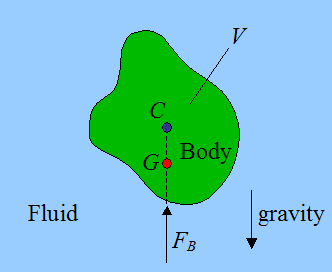Density and Hot Air Balloons
The idea behind Hot Air balloons is reliant upon the shift in density of the air outside and inside the balloon. This difference is used to create buoyancy, which creates lift, which in turn is used by the balloon to stay aloft, change direction and change altitude.
How does it actually work?
Well, the Air Balloon itself is comprised of three main parts, the envelope, or balloon, that contains the heated air, the basket or gondola, containing the passengers, and the burner, suspended between the two and the main heating element for the air inside the balloon. The picture below is an example of a burner:
As mentioned before, the burner heats the air inside the envelope, causing it to become less dense than the air outside of it. The difference in density causes the envelope to be lifted off the ground due to the buoyant force created by the surrounding air.
For a hot air balloon, the upward buoyant force caused by the density difference is equal to the weight of the cooler air displaced by the hot air balloon. However for lift to be generated, or at least enough lift to get the balloon and basket airborne, the buoyant force must exceed the weight of the heated air, the envelope, the basket and equipment, and any passengers, resulting in a complete lift from the ground.
The principle behind this lift is called Archimedes' principle, which states that when an object is completely surrounded by a fluid (such as air), then the upward buoyant force is equal to the weight of the fluid displaced by the object, as illustrated by this diagram:
The upward buoyant force Fb is equal to the weight of the displaced fluid caused by volume V, which causes the balloon to rise off the ground.

